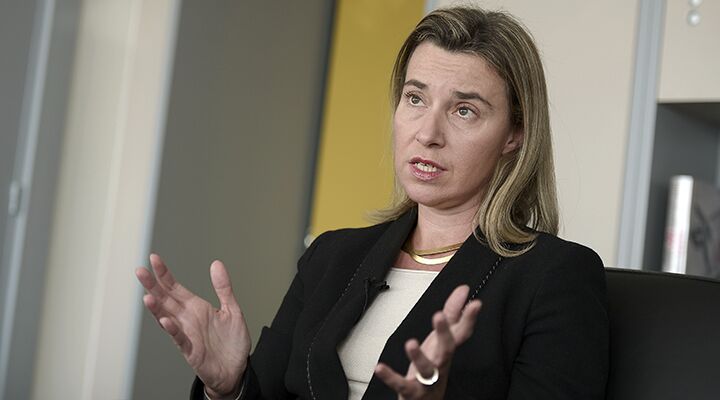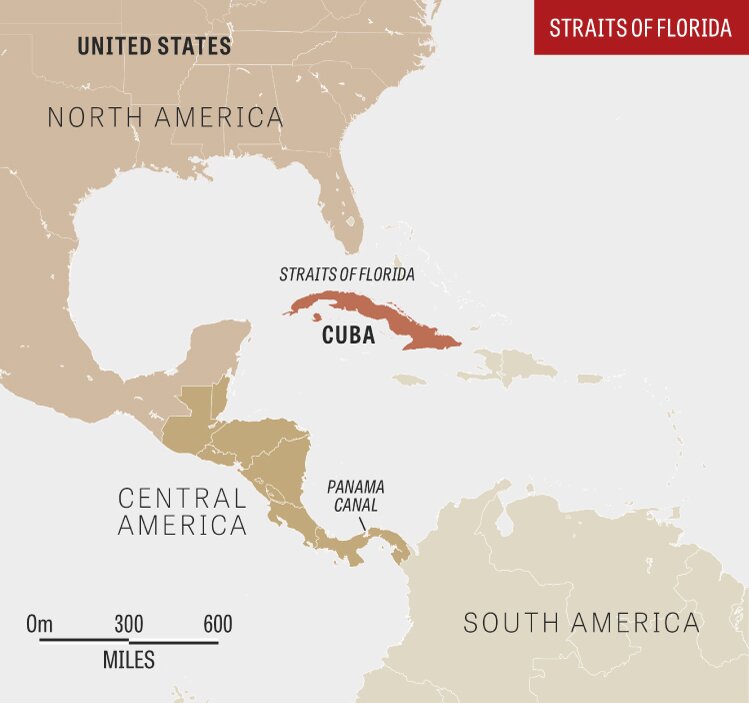
EU Foreign Policy Chief Visits Cuba
European Union Foreign Policy Chief Federica Mogherini is visiting Cuba from March 23-24. This is the first visit to the nation by an EU high representative.
This is one of a few recent visits from Europe, and others are planned. In May, French President François Hollande will visit the island.
Mogherini’s visit comes nearly three weeks after European chief negotiator Christian Leffler and Cuban Deputy Foreign Minister Abelardo Moreno’s third round of talks. The 11-month dialogue—which started last April in Havana, followed by an August meeting in Brussels—is meant to strengthen ties between the two.
“Cuba is facing a very interesting period, and the European Union is keen to see how we can take the relationship forward with strong momentum,” Mogherini said. Europe shows an increasing desire to cultivate a relationship in hopes of helping Cuba, leading to more European investment and aid for the island. At the same time, Europe is trying to sway Cuba’s stance on government and human rights.

The EU has worked years to develop a relationship with Cuba. Germany, France, Spain, Poland and Italy already have embassies in Havana. The relationship has been governed by a “common position” since 1996—which states that a full relationship cannot exist unless Cuba takes steps toward democracy. The EU suspended talks in 2003 after Cuba jailed 75 people in response to calls for liberalization and more human rights. In 2008, Fidel Castro handed rule over to his brother, Raúl Castro; Europe subsequently resumed talks with the nation.
Cuba is an investment opportunity for Europe in a geopolitically strategic location between North and South America. It allows Europe a close reach to America (the reason for the Soviet Union’s close ties to the island during the Cold War). Europe’s developing relationship with South America adds to its interest in Cuba. Investment opportunities in Cuba include: forestry, the sugar industry, tourism, the energy sector, mining, and others.
Cuba’s predominantly Roman Catholic religious base, at 85 percent, is another influential factor bringing Europe and Cuba together.
As the relationship between Europe and Cuba grows, expect repercussions for America. To learn more about what to expect, read editor in chief Gerald Flurry’s March Trumpet article, “The Deadly Dangerous U.S.-Cuba Deal.”
